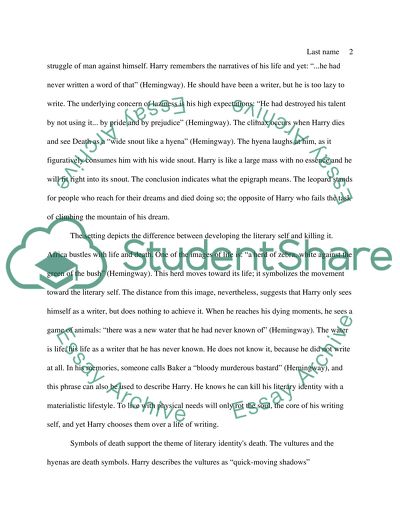Cite this document
(“Literary Identity in Hemingway's the Snows of Kilimanjaro Research Paper”, n.d.)
Retrieved from https://studentshare.org/literature/1393571-research-paper
Retrieved from https://studentshare.org/literature/1393571-research-paper
(Literary Identity in Hemingway'S the Snows of Kilimanjaro Research Paper)
https://studentshare.org/literature/1393571-research-paper.
https://studentshare.org/literature/1393571-research-paper.
“Literary Identity in Hemingway'S the Snows of Kilimanjaro Research Paper”, n.d. https://studentshare.org/literature/1393571-research-paper.


